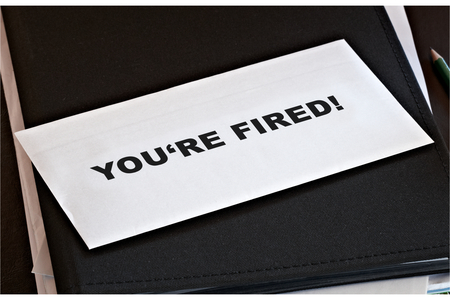Verdict for Change
Robert J. Grey Jr. doesn’t officially start his term as ABA president until the close of the association’s annual meeting on Aug. 10.
But work on at least one of his presidential initiatives already is well under way.
The goal of that initiative—to improve the jury system—will resonate throughout the justice system, says Grey, who has spent the past several months talking to lawyers and judges about their concerns. “To a person, everyone I spoke with said this is what the ABA ought to be doing,” he says.
To that end, Grey of Richmond, Va., has launched a two-pronged presidential initiative on the jury system. One prong, the American Jury Project, comprises 21 experts representing all segments of the legal community.
Now, jury issues are addressed under trial standards developed separately by the ABA sections of Criminal Justice and Litigation, and the ABA Judicial Division. One of the American Jury Project’s primary tasks will be to consider revisions to those three sets of standards and whether they should be consolidated. But Grey says the project also will look at other aspects of jury operations, including composition, comprehension and convenience.
The project is working on a schedule that would allow it to bring recommendations to the ABA’s policy-making House of Delegates for consideration in February at the association’s midyear meeting in Salt Lake City.
The American Jury Project is chaired by Phoenix lawyer Patricia Lee Refo, who is outgoing chair of the Litigation Section.
The other prong of Grey’s initiative is the ABA Commission on the American Jury, which will focus on developing outreach efforts to highlight what Grey calls “the great democratic tradition of trial-by-jury.”
The commission will work to increase the public’s understanding of the history and importance of jury trials, and the responsibility that each citizen has to participate in jury service.
U.S. Supreme Court Justice Sandra Day O’Connor is the commission’s honorary chair, Grey says. New York Court of Appeals Chief Judge Judith S. Kaye co-chairs the commission with Chicago lawyer Manuel Sanchez and Oscar H. Criner, who served as jury foreman in the obstruction-of-justice trial of the Enron auditing firm Arthur Andersen.
Grey says commission projects might include seeking a White House proclamation for a National Jury Appreciation Week, petitioning the U.S. Postal Service to issue a commemorative stamp honoring jury service, or creating a Web site to provide resources and advice to those called for jury duty.
‘A HIGH CALLING’
Grey outlined his jury initiative in june while moderating a panel discussion during the National Conference on Professional Responsibility in Naples, Fla. The panelists discussed issues ranging from the reluctance of some people to serve on juries to low pay for jurors to the way peremptory challenges are handled.
Members of the audience also suggested topics for the project to consider, including majority verdicts, time limits on jury trials and better working conditions for jurors. “We want to convey to the profession and the public that jury service is a high calling of citizenship, and that jurors should be accorded the same attention and respect that other aspects of our justice system receive,” Grey says.
In other business at the Naples conference, the ABA Joint Commission to Evaluate the Model Code of Judicial Conduct held the fourth in a series of at least six public hearings. The commission will hold its next hearing in August during the ABA Annual Meeting. The group expects to submit proposed revisions to the judicial conduct code a year from now at the 2005 ABA Annual Meeting in Chicago.



